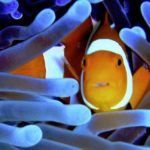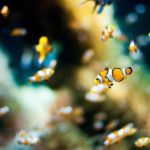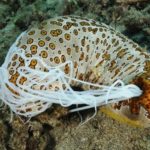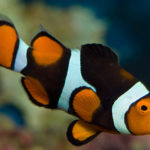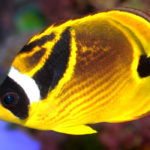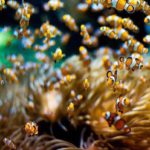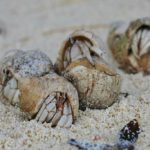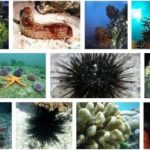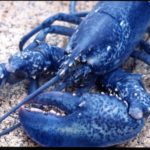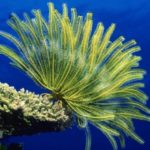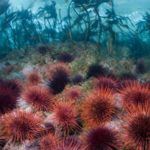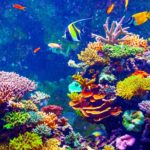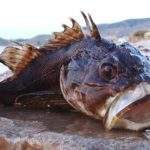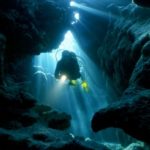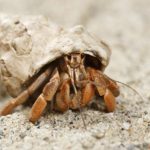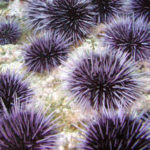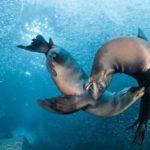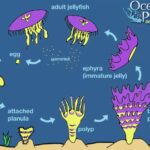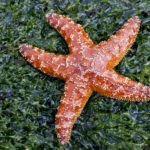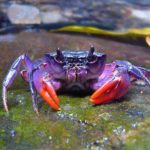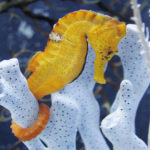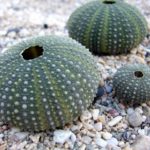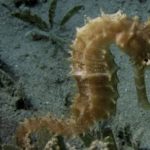Interesting facts about anemones.
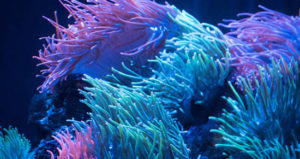 Anemones – amazing in beauty and diversity of the inhabitants of the seas and oceans. Leading an absolutely immobile lifestyle, they occupy a certain intermediate position between animals and plants, sometimes entering into symbiosis with some other marine inhabitants.
Anemones – amazing in beauty and diversity of the inhabitants of the seas and oceans. Leading an absolutely immobile lifestyle, they occupy a certain intermediate position between animals and plants, sometimes entering into symbiosis with some other marine inhabitants.
Sea anemones are creatures without a skeleton, leading a sedentary lifestyle on coral reefs and sea bottom.
Among anemones (or anemones) there are both babies and real giants – the diameter of their bodies varies from a few millimeters to a meter and a half. Regardless of the size, the body is shaped like a cylinder.
Anemones are attached to their “place of residence” with a special sole, and on the opposite side of these polyps there is a mouth resembling a gap surrounded by many tentacles.
Undigested food remnants of anemones are excreted from the body just as they enter it through the mouth.
The role of the skeleton in anemones is performed by the intestines. When polyps cover the mouth, it turns into a closed system, isolated from the environment.
An intestine filled with water, as well as body muscles, allow some anemones to move along the bottom in search of a more suitable habitat.
The bodies of anemones often have a bright color, for example, yellow or red, like in starfish.
Anemones feed on small invertebrates or fish – the tentacles paralyze the victim with the help of special bacteria, and then the anemones drag it into their mouths.
People familiarity with anemones threatens severe and painful burns. Their venom leaves on the skin ulcers that do not heal for a very long time, much like the venom of some jellyfish.
Anemones have learned to live in symbiosis with some fish and sea animals, such as hermit crab and clown fish. Clown fish reproduce the composition of the mucus that covers the tentacles of anemones, protecting themselves from burns. Because of this, fish can live inside anemones, hiding there from enemies, and in return, relieving them of undigested food debris and ensuring the circulation of water.
